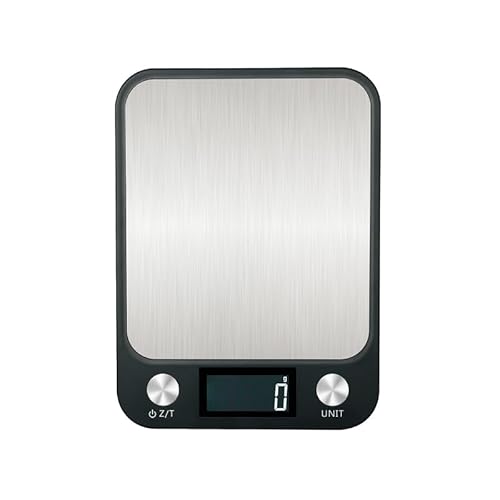@Brutongate , below is basic recipe to which I make only small adjustments. I can't tell you how great it is in comparison to other soaps because I'm reasonably new- I've made 30 batches total. I grabbed my first recipe off the internet because it had LOTS of shea butter. It was 40% O.O., 25% C.O., 25% SheaB, and 10% Castor oil. I didn't soapcalc it and I never figured out exactly what went wrong, but it set so fast I barely had time to get it out of the bowl and smash it into the mold. I cut it after about 6 hours. A few batches later, I tried Soap Queen's Lots of Lather because she said it was a "super hard bar" and had "lots of lather". And she said she teaches it in all her beginning classes because it is "tried and true." It is 31.9 % O.O., 31.9% C.O., 31 % Palm, 4.3% Castor. My first change was to ditch the palm oil. It makes a really pretty yellow soap, but if you want any other color- lots of luck. Plus, it got big time soda ash. Then everything I read said it's better not to go over 20% coconut oil as it can be too drying on the skin. I don't know if it was too drying, but since there is general agreement on that, I reduced the coconut oil. I increased the castor oil and shea butter up a combined 11% but eventually reduced the castor oil because I read that it makes your soap a little slimey if you go over 7%.
For me, I was after a hard bar with reasonable longevity. Tallow and lard are a good way to get a hard bar. Lard is dirt cheap ( where I live anyway) but not quite as hard as tallow. I add 2% sugar for more suds and 1% salt for hardness. ( Although due to
@justsomeguy 's generosity, as of my last batch, I have traded the sugar for sorbitol.
I think lard makes a very slow moving batter if you want time to try swirls or to just not be running around your kitchen in a panic. I've been experimenting with fragrances, exfoliants (poppy seeds, espresso grounds, loofah, sand, etc.), additives (goats milk powder, colloidal oats, ground oats, etc. and color but otherwise, I make only small tweaks to this basic recipe. Eventually, I'm sure I'll move on to something different, but this is what I'm working with at this time.
If I want a lighter soap, I swap about 1/2 or 2/3rds of the olive oil for high oleic sunflower oil. To me, it looks like the sunflower oil is lighter than olive oil and their properties are pretty similar. This past weekend, I made some soap for my older son. He likes his soap pretty cleansing so I increased the coconut oil by 1% ( you can see what a chicken I am- I probably could have made a bigger adjustment.)
I would like to have the most bubbles possible, and my bubble number seems kind of low, but I don't want the coconut oil to go over 20% so I'm counting on the sugar or sorbitol to increase suds.
Some people want a really conditioning soap, so they might use oil(s) that is/are higher on conditioning and usually, that means a sacrifice on hardness.
Some people want a really gentle soap and they might make a castile soap. I have made Zany's No Slime Castile a couple times (you can get that recipe on this forum) and that does make a really, really nice soap.
But, as others have said, you should think about what it is that you want in a soap, then play around with soapcalc and see what combination of oils might get you there. Everyone likes something different. One thing that I have found is that suds and fragrance matter. And if it looks good, even better. That said, I have one batch that seized on me, I had to chop it out of the bowl and add a cup of boiling water to get it into the mold. It looks like meatloaf but it has a bunch of ground oatmeal and espresso grinds with a coffee and vanilla fragrances. It looks like hell but it smells great and feels really good. So, even sad looking soaps have their place
 View attachment 81121
View attachment 81121












































